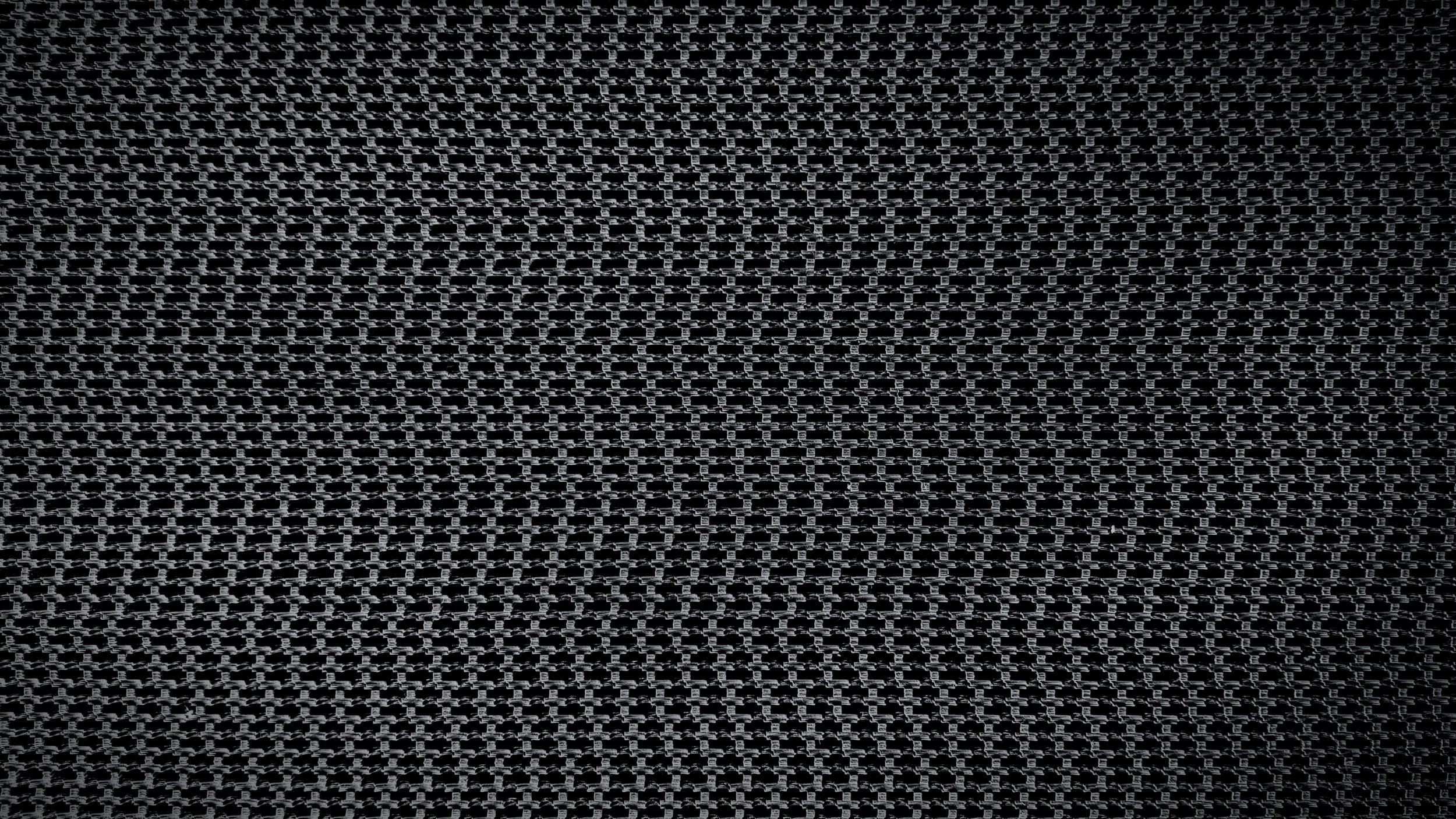Recently, a customer found themselves in a situation where their rough top belts were too short. One of the few solutions that does not involve returning the belts or getting new ones is the dutchman splice. This is where you take a pre-determined length of the same material and use it to bridge the gap in the belt. The most important aspect of the dutchman splice is to make sure that the lacing on either side of the splice is not too close to each other. You want to make sure that two bits of lacing never go over the same pulley at the same time. Therefore, we recommend that the dutchman’s length be at least 1.5-2x the circumference of the largest pulley. With that being said, here are the steps to creating a dutchman splice.
Measure the circumference of the largest pulley.
Multiply that number by 1.5 or 2. This is the minimum length of the dutchmen. If more is needed that’s fine.
Cut that specified length out at the same width as the existing belt. Make sure to use the same material.
Lace the dutchmen at either side. If you need more information on lacing, we will link articles and videos below. Make sure that the lacing matches the ends of the belt.
At this point one of two things will happen.
The dutchmen makes the belt the perfect length for the machine.
The dutchmen makes the belt longer than what is needed on the machine. To fix this, you will cut off just enough of the pre-existing belt so that it, with the dutchmen, is the prefect length for the machine. Once you cut off the excess belt, relace that end to match the lacing on the dutchmen.
Stick the pins in at either end of the dutchmen and install the belt as you normally would.

